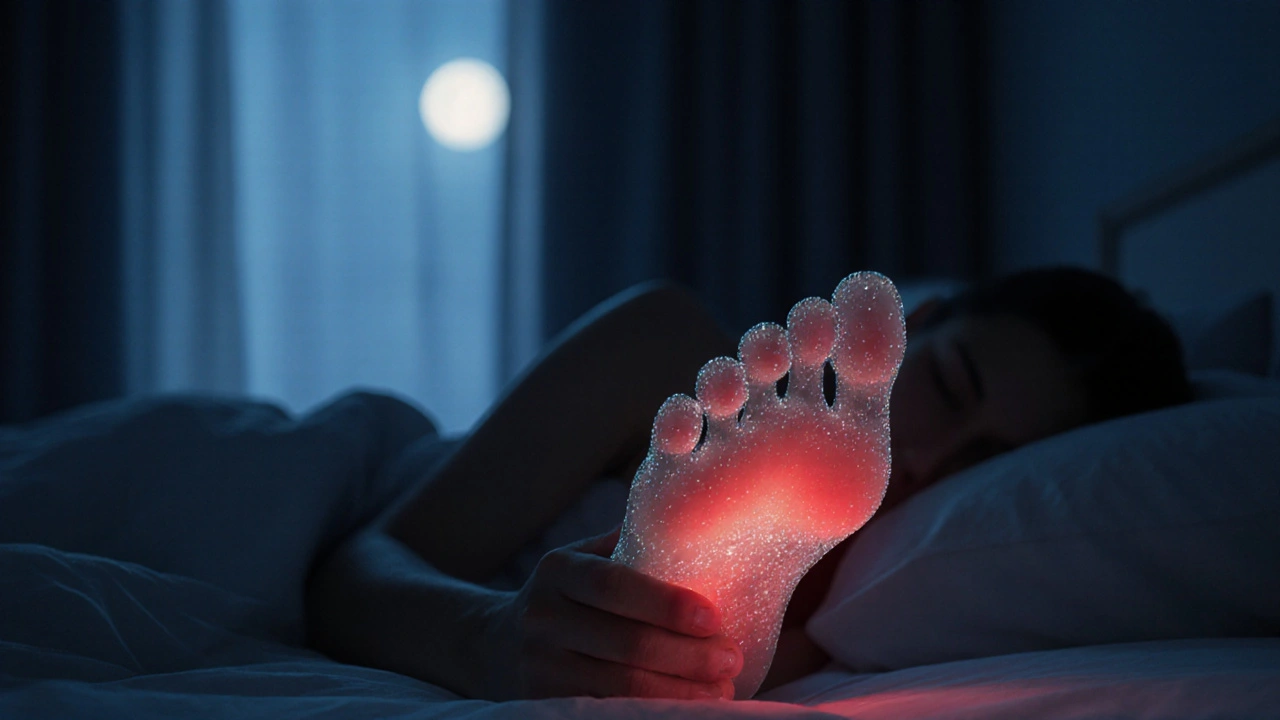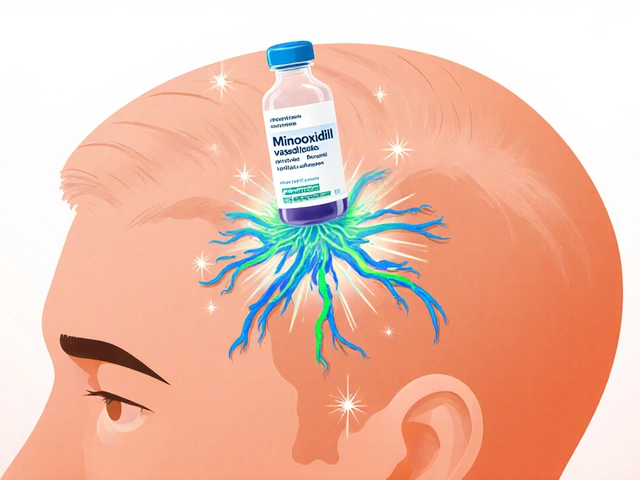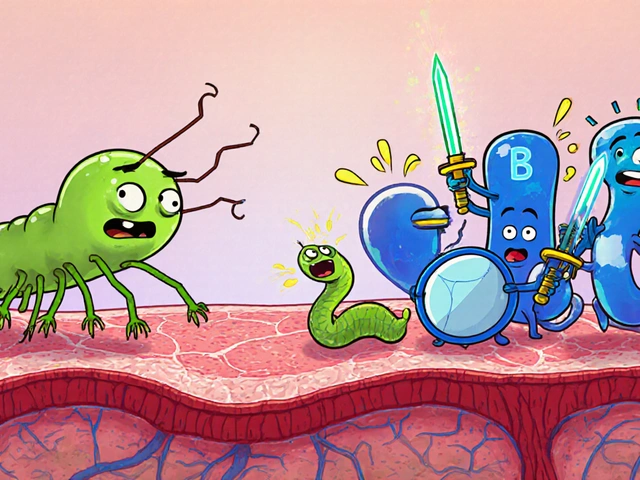Minoxidil, Finasteride, and Diet: How Nutrition Impacts Hair Growth
October 21 2025Gout Flare: What It Is and How to Tackle It
When dealing with gout flare, a sudden, sharp joint pain caused by crystal deposits of uric acid. Also called an acute gout attack, it can turn a normal day into a battle with swelling, redness, and intense throbbing. gout flare isn’t just a nuisance; it’s a clear sign that the body’s uric‑acid balance is off‑kilter.
Understanding the core players helps you stop the cycle. Uric Acid, a waste product formed when the body breaks down purines builds up when kidneys can’t clear it fast enough or when the diet floods the system with purine‑rich foods. When levels cross a threshold, sharp crystals settle in joints, sparking the inflammation that defines a gout flare. The inflammation itself is driven by the immune response, releasing cytokines that cause swelling and pain. This chain—high uric acid, crystal formation, immune reaction—creates the classic flare‑up.
Key Triggers and How to Keep Them in Check
Every gout sufferer has a list of personal triggers, but a few culprits appear again and again. Alcohol, especially beer and spirits, raises uric‑acid production while hampering its excretion. Red meat, organ meats, and certain seafood are purine powerhouses that can tip the balance. Even sugary drinks loaded with fructose act like a shortcut to higher uric levels. Recognizing these links lets you tweak your menu before the next attack. Simple swaps—like choosing low‑fat dairy, staying hydrated, and limiting binge drinking—cut the fuel that feeds crystal growth.
When a flare strikes, quick relief matters. Colchicine, an anti‑inflammatory medication that hinders crystal‑induced immune activation is a frontline option, often teamed with NSAIDs or steroids for severe pain. The right dose can calm the joint within hours, but timing is crucial; the drug works best when started early in the attack. For those who can’t tolerate colchicine, doctors may prescribe allopurinol or febuxostat for long‑term uric‑acid control, but those aren’t rescue meds for an active flare.
Beyond meds, lifestyle habits provide a steady back‑stop. Regular, moderate exercise improves circulation and helps kidneys clear waste, yet intense workouts can temporarily spike uric acid, so balance is key. Maintaining a healthy weight reduces pressure on joints and cuts purine intake from fatty tissue. Stress management—through meditation, breathing exercises, or gentle yoga—lowers cortisol, which can indirectly affect uric‑acid metabolism.
Monitoring is the quieter hero in gout management. Home test kits let you track serum uric‑acid levels and spot trends before they turn into pain. Coupled with a symptom diary noting foods, drinks, and activity, you can pinpoint patterns unique to you. This data empowers you to adjust diet or medication under your doctor’s guidance, turning reactive treatment into proactive prevention.
Most people wonder if gout is a permanent sentence. The answer is no—many achieve remission by keeping uric acid under the 6 mg/dL mark and staying alert to triggers. Success stories often share a common theme: consistency in diet, medication adherence, and regular check‑ins with a healthcare provider. When you align these elements, the painful flashes become rare, and the joints stay flexible for everyday life.
Below, you’ll find a curated selection of articles that dive deeper into each aspect of gout flare management— from diet hacks and medication guides to lifestyle tweaks that keep uric acid in check. Use these resources to build a personal action plan, stay ahead of the next flare, and reclaim comfort in your daily routine.
 12 Oct
12 Oct
Gout and Sleep: How Gout Impacts Your Sleep Quality
Discover why gout attacks often break your sleep, learn practical tips to ease nighttime pain, and know when medical help is needed for better rest.
Read More...




